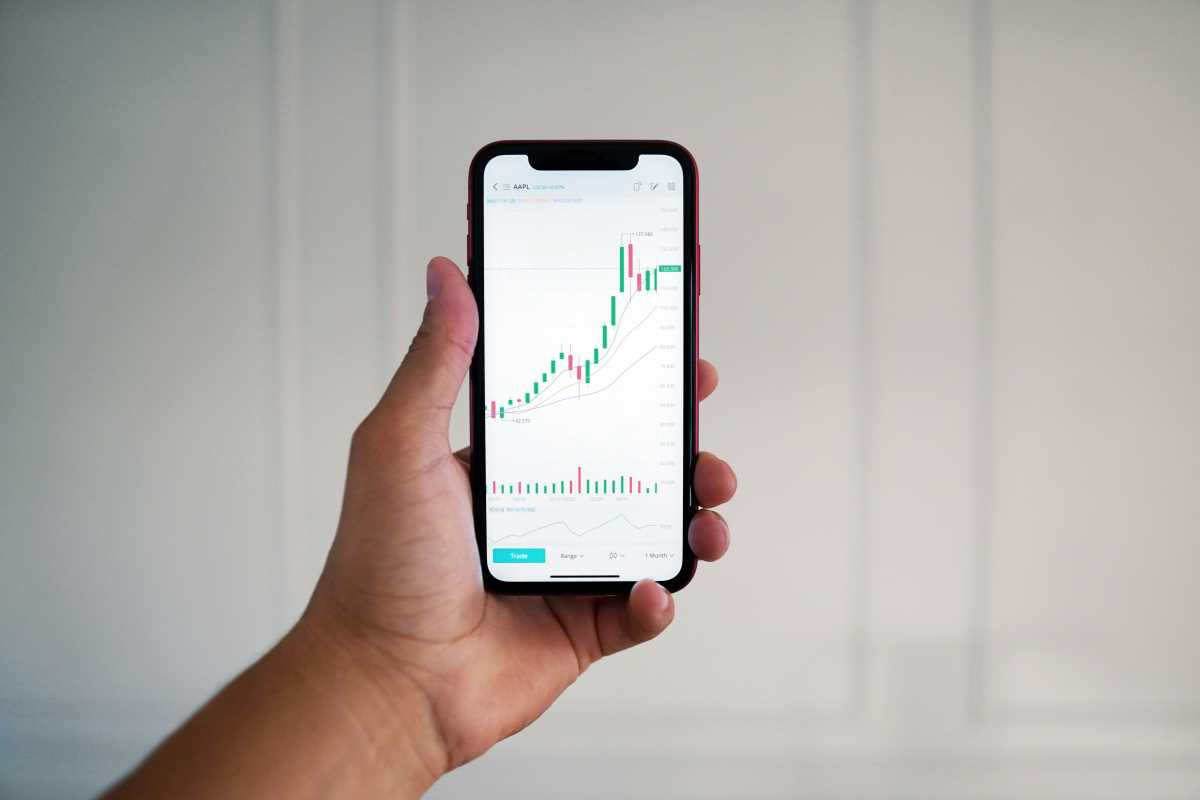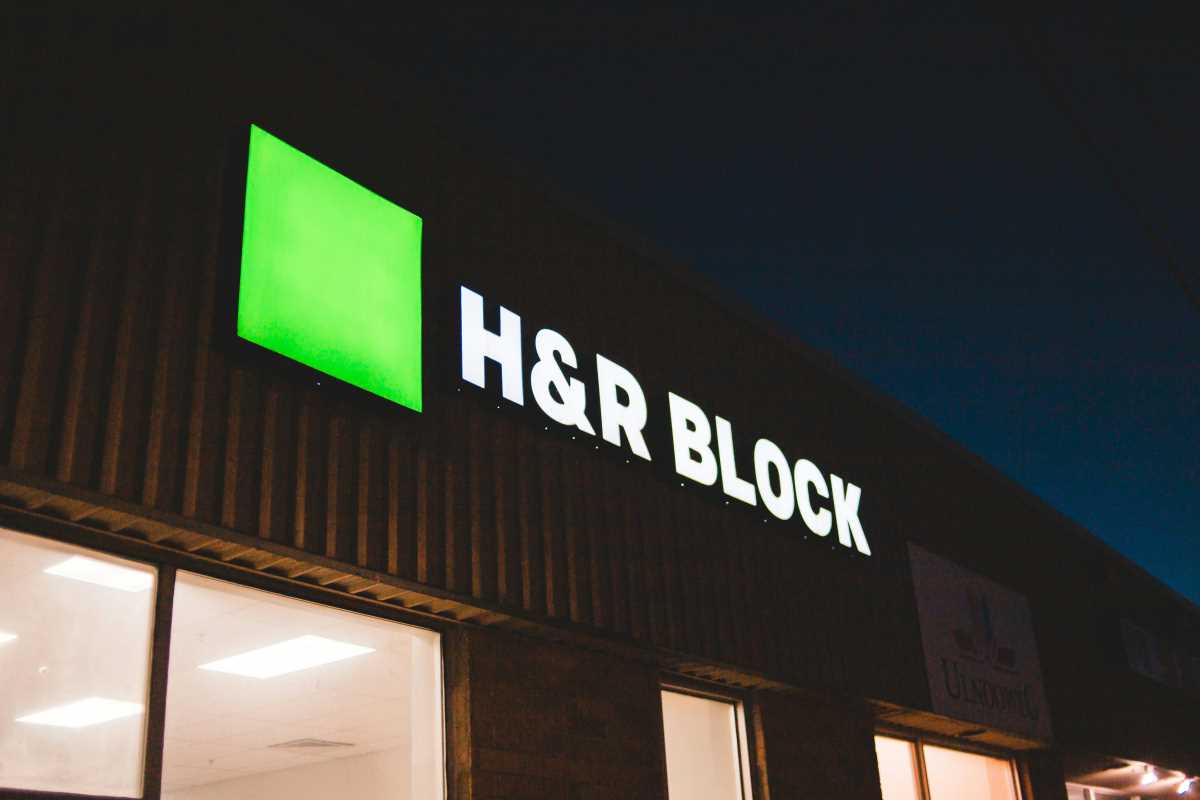Financial technology, or fintech, has transformed the way people and businesses interact with money. Among its most revolutionary innovations are peer-to-peer (P2P) lending platforms. These platforms connect borrowers directly to lenders, going around traditional financial institutions. Borrowers gain faster, more accessible credit options, often at lower rates, while lenders can see higher returns on their investments. However, not all platforms function the same way, and understanding key players in this space helps users make informed choices. We’ll explore leading P2P platforms such as Prosper, Upstart, and Kiva, and highlight their significant features, benefits, and contributions to reshaping the financial world.
The Evolution of P2P Lending
P2P lending found its roots in 2005 with the launch of Zopa in the UK, making it the first modern platform for lending money directly between individuals. Soon after, platforms like Prosper in the U.S. entered the scene, becoming pioneers of this novel financial model. With the 2008 financial crisis limiting credit access at traditional banks, these platforms flourished by filling essential funding gaps. Borrowers were drawn to their efficiency, while competitive returns enticed investors.
Today, the global P2P sector caters to various needs, including personal loans, entrepreneurial ventures, real estate financing, and microloans for underserved populations.
How Peer-to-Peer Lending Platforms Work
P2P lending platforms function as digital marketplaces that connect borrowers with individual lenders. Here’s how it generally works:
For Borrowers:
- Borrowers submit a loan application detailing their needs, income, and credit history. The platform evaluates this information and determines interest rates based on risk assessment.
- Approved loans are listed on the platform, allowing lenders to partially or fully fund the amount requested.
For Lenders:
- Lenders deposit funds into their accounts and choose loans to invest in, either manually or through automated tools.
- Returns are earned as borrowers make regular repayments, which include interest.
For instance, a bakery owner needing $20,000 for new equipment might secure loans funded by several individuals contributing as little as $50 each. Platforms handle all processing, repayment collection, and risk evaluation.
Several platforms dominate the P2P landscape, offering distinct features that cater to specific needs.
1. Prosper (U.S.)
Founded: 2005
Notable Features:
- Prosper was the first P2P lending platform in the United States and has facilitated over $25 billion in loans.
- Borrowers can apply for loan amounts ranging from $2,000 to $50,000, and investors can start with as little as $25 per loan fraction.
- Prosper’s users can rely on tools like Auto Invest, which helps lenders diversify their portfolios for steady returns across various loans.
Investors on Prosper have seen average historical returns of approximately 5.5% as of mid-2024. These returns, combined with accessible processes, make Prosper a reliable choice for both seasoned and first-time lenders.
2. Upstart (U.S.)
Founded: 2012
Notable Features:
- Upstart stands out for its use of artificial intelligence (AI) in assessing loan applicants. Beyond credit scores, it evaluates over 1,000 variables, such as education and employment history, resulting in approvals for more borrowers.
- The platform has received backing from over 100 banks and credit unions and facilitated over $42.6 billion in loans to date.
Upstart’s cutting-edge AI-powered model allows lenders to approve loans with up to 43% more accuracy than traditional models. Borrowers can secure personal loans of up to $50,000, with most transactions fully automated for quick processing.
3. Kiva (Global)
Founded: 2005
Notable Features:
- Kiva operates with a nonprofit model, specializing in crowdfunded microloans for borrowers in underserved communities around the globe.
- Loans are offered at 0% interest, with funds often distributed through Kiva’s network of microfinance institutions (MFIs).
For example, a farmer in Kenya could use Kiva’s platform to request a $500 loan to purchase seeds or equipment. Kiva funds such small loans through contributions as low as $25 from individual lenders. The platform has a repayment rate of around 96%, giving lenders confidence that their funds will return for reinvestment.
4. Mintos (Europe and Global)
Founded: 2015
Notable Features:
- Mintos is one of the largest P2P platforms globally, offering loans from diverse categories, including personal, real estate, and small-business loans.
- Investors benefit from Mintos’s buyback guarantee, which ensures their funds are repaid in case of borrower defaults.
This European-based platform also provides an active secondary market, allowing investors to sell their shares in loans, adding liquidity to their investments.
5. Funding Circle (U.K. and U.S.)
Founded: 2010
Notable Features:
- Funding Circle focuses on small businesses, providing loans ranging from $25,000 to millions of dollars to support expansion or tackle operational challenges.
- Businesses applying through the platform can expect streamlined approval processes and flexible repayment terms.
For lenders, Funding Circle provides substantial returns and robust risk analysis tools, making it a trusted platform for commercial lending.
Borrower and Lender Benefits
Borrowers:
- Accessible Credit - Platforms like Upstart and Kiva cater to underserved populations who often can’t meet traditional lending criteria.
- Favorable Terms - Interest rates are typically competitive for low-risk borrowers, while platforms like Kiva offer interest-free loans.
- Speed and Convenience - Most platforms process applications within days, much faster than banks.
Lenders:
- High Returns - Platforms like Prosper and Mintos offer average returns from 5% to 12%, depending on the risk associated with specific loans.
- Diversification Opportunities - Automated investing tools enable lenders to spread their investments across many loans and minimize risk.
- Social Impact - With platforms like Kiva, lenders can support meaningful projects in developing communities, combining financial and social benefits.
Challenges and The Road Ahead
Risks
While P2P lending has democratized financial access, challenges such as borrower defaults, regulatory changes, and market competition persist. Lenders must carefully evaluate risks without the protections of government guarantees, as in conventional banking.
Future Trends
Technological advancements such as AI and blockchain are poised to enhance lending algorithms and streamline operations. P2P lending’s potential in emerging markets is monumental provided that local infrastructure and regulations can support its growth.
Whether you’re looking to invest for returns or seeking flexible borrowing options, the P2P space offers diverse possibilities. With continued innovation and careful governance, the future of P2P lending looks both exciting and impactful.
 (Image via
(Image via





